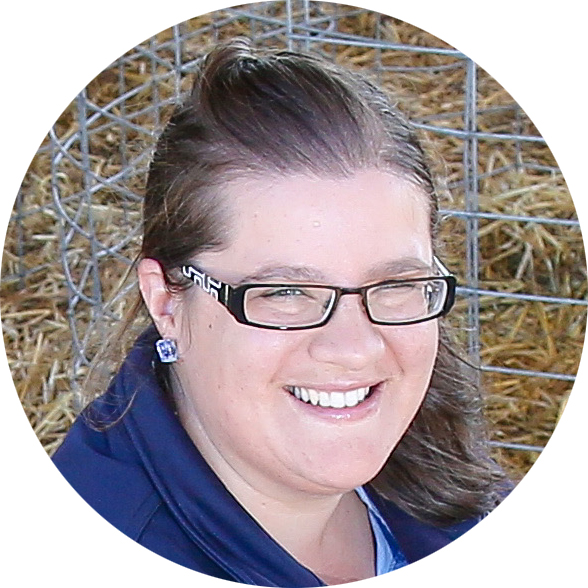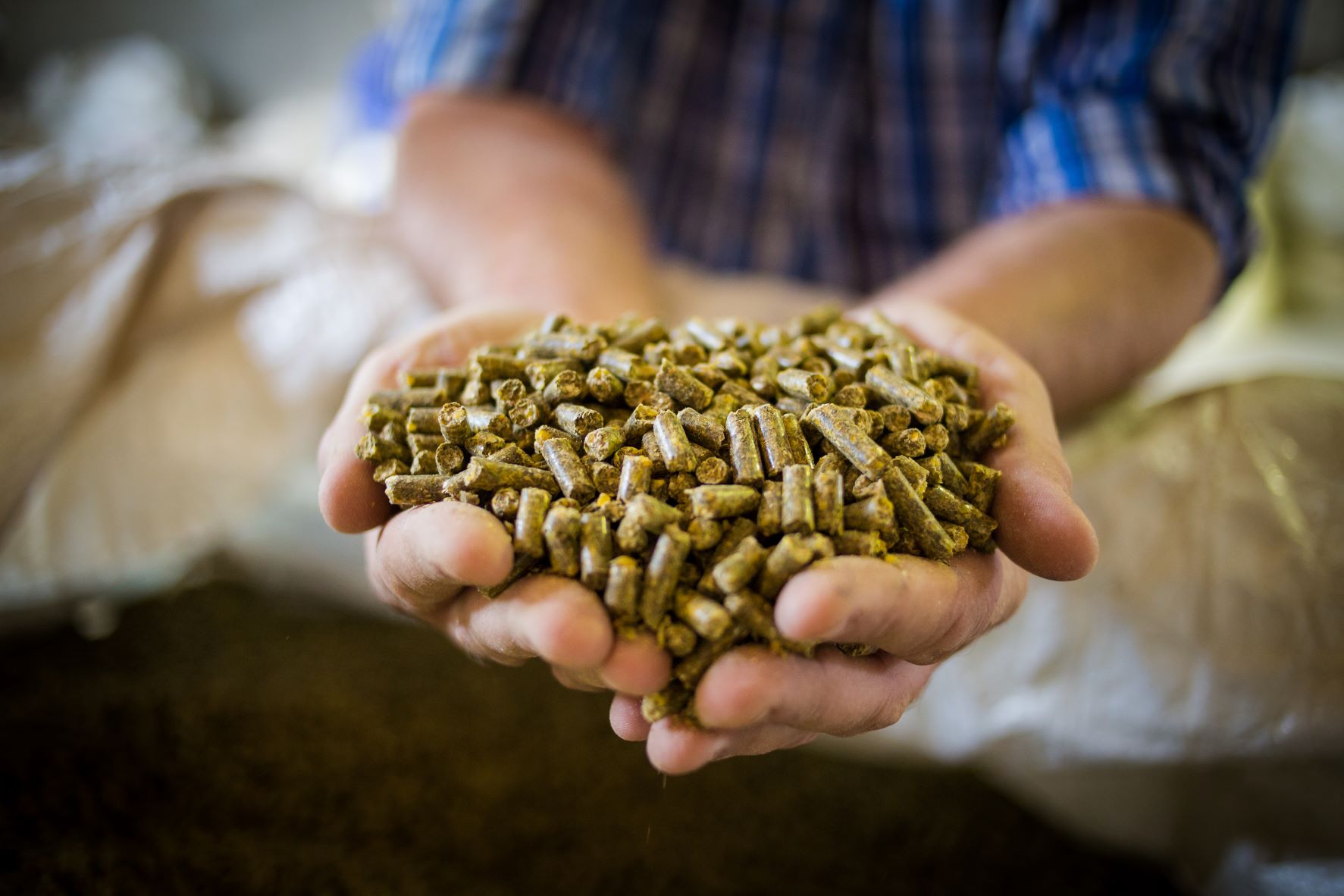Why RAM is bad for ruminants
05 Nov 2021
 PRODUCTION ADVICE - NOVEMBER 2021 - ANIMAL BIOSECURITY & WELFARE
PRODUCTION ADVICE - NOVEMBER 2021 - ANIMAL BIOSECURITY & WELFARE
By Linda Searle
District Veterinarian
P: 03 5881 9919 | M: 0427 629 740 | E: linda.searle@lls.nsw.gov.au
 We often read a food label before we eat something. You might need to check for an allergen or how much sugar it contains. But have you ever looked at a stockfeed label? Ever wondered what the difference is between chook, pig, sheep and cattle pellets? Are they just the same thing in a different bag? The answer is no – and there are a couple of key reasons why.
We often read a food label before we eat something. You might need to check for an allergen or how much sugar it contains. But have you ever looked at a stockfeed label? Ever wondered what the difference is between chook, pig, sheep and cattle pellets? Are they just the same thing in a different bag? The answer is no – and there are a couple of key reasons why.
Disease risk – Transmissible Spongiform Encephalopathies (TSEs)
TSEs are diseases that affect the brain, caused by prions. They include scrapie in sheep and ‘Mad cow disease’ or bovine spongiform encephalopathy (BSE) in cattle.
Australia is free from TSEs, and we have safety measures in place to ensure we stay free. One such measure is the requirement that restricted animal material (RAM) is not fed to ruminants.
RAM refers to all vertebrate animal material, such as meat and bone meal, fish, feathers, eggs and used cooking oil. Overseas meat meal fed to cattle has been shown to spread the disease.
Pellets that are designed for pigs or chooks may contain RAM and should be labelled as such. Dog and cat food also contain RAM, so it is important to ensure no ruminants (including poddy lambs and calves) have access. Don’t reuse a bag that contained RAM to carry food for ruminants. Be aware poultry litter can also contain RAM, so follow guidelines if using it as fertiliser. Also prohibited are home-made concoctions involving eggs to treat scours in lambs or calves and getting used cooking oil to reduce the amount of dust in grain.
You can feed ruminants gelatine, milk, and tallow or used cooking oil that has been rendered or processed in line with specific standards that have been developed.
Disease risk – Foot and mouth disease, African swine fever
Processed pig feed can contain meat, blood or bone meal if it has been processed by commercial hot rendering. Pigs cannot be fed meat scraps or food that has been in contact with meat as this is how exotic diseases such as foot and mouth disease and African swine fever can be spread.
These diseases are caused by viruses that would not survive commercial rendering. Prions may not be inactivated by rendering, which is why the ruminant feed ban is more comprehensive.
Different species requirements
Another reason for the different pellets is that they all have different nutritional needs. Even within a species, requirements will vary with age and reproductive status.
Ingredients which are beneficial for one species may be toxic to another
Sometimes pellets contain additives such as monensin to prevent acidosis. This can be fatal to horses. Similarly, pellets designed for cattle may have copper added to a level that would be toxic to sheep. Make sure that you are getting the right pellets that best suit your animals.
Preventing issues
Access to RAM by ruminants is more likely to occur if multiple species are kept on-farm. To prevent problems, you should do things like:
- Keep feeds separate, including during storage, transport and feeding out
- Don’t have ruminants in areas where feed containing RAM (such as pet food, pig or chook pellets) is available.
- Read the label of all stock feed bags carefully and make sure you know if any contain RAM. They will be labelled as This product contains restricted animal material – DO NOT FEED TO CATTLE, SHEEP, GOATS, DEER OR OTHER RUMINANTS.
- Don’t buy feed for ruminants that may contain RAM and are not labelled.
Commercial food, such as pellets, are a great way of giving animals the nutrition they need. It is important that you get the right feed for the right species to ensure that animals are happy, healthy and not at risk of disease. For more information, contact your local vet.